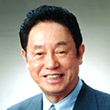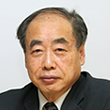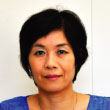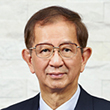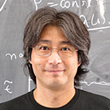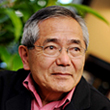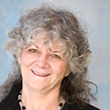Leo Esaki
Nobel Laureate in Physics 1973
Leo Esaki was born on March 12, 1925 in Osaka, Japan. Studying physics at the University of Tokyo, he received his B.Sc. in 1947 and his Ph.D. in 1959. Esaki was awarded the Nobel Prize for research he had conducted around 1957 regarding electron tunneling in solids.
He moved to the United States in 1960 and joined the IBM T.J. Watson Research Center where he became an IBM Fellow in 1967 and stayed until he returned to Japan in 1992. He and his coworkers pioneered semiconductor superlattices, opening up a new frontier in the field of semiconductors when he was with IBM. After returning to Japan, he has served as the President of various Japanese universities, such as University of Tsukuba and Shibaura Institute of Technology, currently Yokohama College of Pharmacy as well as The Science and Technology Promotion Foundation of Ibaraki.
He is the recipient of The Order of Culture, Japanese Government 1974, The American Physical Society International Prize for New Materials 1985, IEEE Medal of Honor 1991, and Japan Prize 1998.



